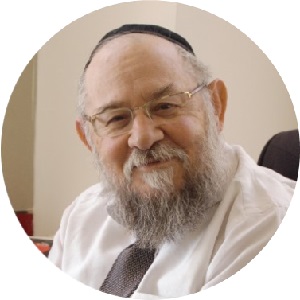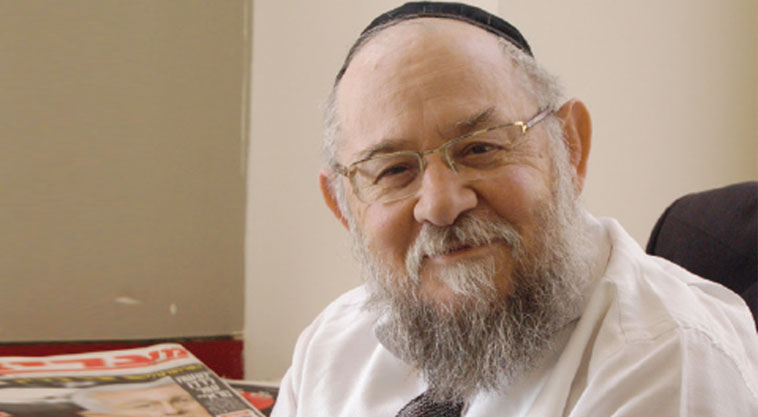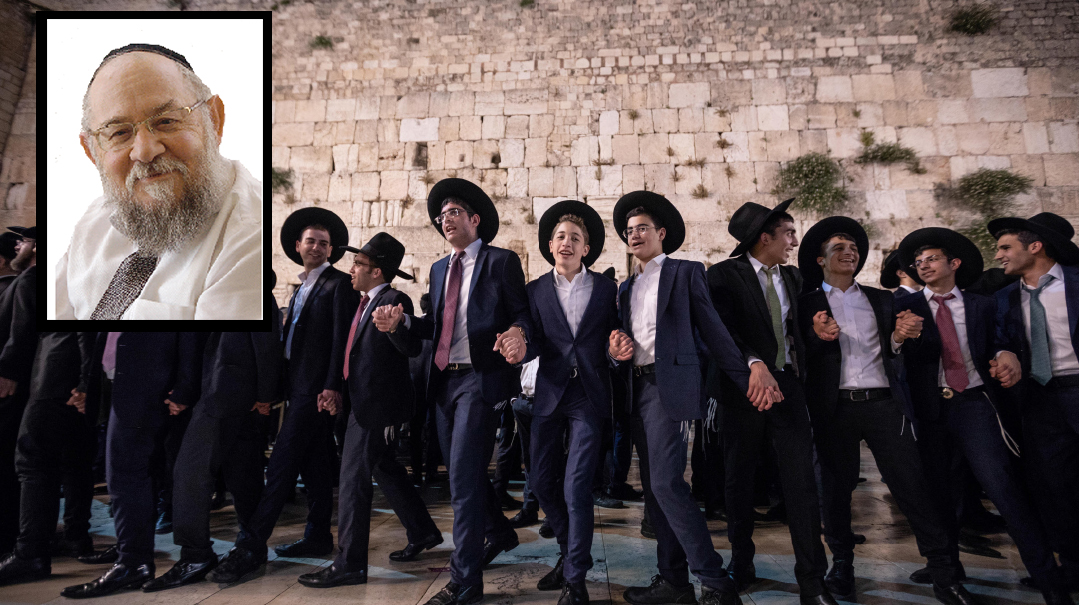I Also Read Perfidy

T
he following is in response to a letter Mishpacha received in rebuttal to a recent column, in which I contended that protests against the historic crimes of the Zionist powers at the time are no longer useful or the agenda at hand.
Shalom u’vrachah,
In your letter, you ask if I ever read Perfidy, by Ben Hecht. If I understand correctly, your words imply a recommendation that I read the book, since I argued that those dark days when Bolshevik Zionists of the far left dominated the political and social map of Eretz Yisrael and sowed devastating spiritual destruction are long past, and that we are now entering a period of tikkun, where people from every corner are seeking in some way to reconnect with their identity as members of the Jewish People and with Torah at some level. I wrote that this is a grassroots reality, shaping a new landscape in Eretz Yisrael, despite the fact that the mainstream, liberal media is still trying to hard sell their secular agenda to the people. Yet those grassroots are indeed pushing up new growth, and, as I wrote, our task now is to encourage this growth in every way we can.
I can safely assume the intention of your words to be that if I were to read Perfidy, I would change my mind about the present state of Am Yisrael, particularly in Eretz Yisrael. First of all, I must admit that I don’t know how old you are, or when you discovered Ben Hecht’s book. But the fact that you ask if I have read it makes me think that perhaps you discovered it recently and were very disturbed, and quite rightly so, by this shocking exposé of the crimes of the Bolshevik Zionists against their fellow Jews during World War II. To answer your question, I have, in fact, read the book. I read it when I was a young man, when it first came out in 1961. Actually, I read it twice, and both times it kindled my rage against the Zionists of that era. At the time, the book was banned in Israel by the left-wing Labor-controlled government, but like so many others, I too was able to get my hands on it. (It went into a second printing in the US, but was rumored to have been blacklisted there too in the 1970s.) After seeing your letter, I took it down from the shelf to read it once again.
For those readers who aren’t familiar with Perfidy, allow me to explain that Ben Hecht was a multifaceted American writer who became involved with the nationalist circles that embraced the thinking of Zev Jabotinsky. There he encountered the criminal inequity that prevailed in Israel under the rule of the left, which discriminated not only against chareidim, but against the right-wing movements as well. That discrimination came to its cruelest expression before the founding of the State of Israel when the Nazis, yemach shemam, were about to wipe out Hungarian Jewry. In his book, Hecht accuses the Zionist establishment of allowing half a million Hungarian Jews to be taken straight to the gas chambers of Auschwitz, as long as Zionist leaders were rescued.
But once again, I ask, what does this have to do with what I wrote? Must we continue to demonstrate against the crimes of people who are all dead, and whose offspring and heirs are not in the government today? There is no denying what happened 70 years ago. The question is, where should we be directing our energies today, when all this outcry about shemad is no longer the threat it was.
This is just a small sample of what’s really happening today in Eretz Yisrael, even in the former strongholds of secularism. The following is an update from the Ayelet Hashachar organization, which brings Yiddishkeit to kibbutzim, and similar facts can be gleaned from Arachim and a host of other organizations:
Ayelet Hashachar recently held 65 programs in various moshavim and kibbutzim throughout the country. One such place was Kibbutz Metzubah, where residents completed a two-year learning cycle where they completed Shir Hashirim, Pirkei Avos, and Rambam’s Hilchos Dei’os.
Twelve people completed and held a siyum on Maseches Brachos at Kibbutz Nir Yafe in Emek Yizrael.
Six kibbutz members held a siyum on Seder Nezikin in Rav Kanievsky’s home. After the siyum, celebrants visited Rav Ze’ev Berlin (son-in-law of Rav Steinman ztz”l) and the Modzhitzer Rebbe, Rav Chaim Shaul Taub, who served for many years as rosh yeshivah of Imrei Shaul and Darkei Torah in Bnei Brak.
Harel Kanievsky, Rav Chaim Kanievsky’s cousin (his grandfather was the brother of the Steipler ztz”l), is a public school graduate who lives in Modi’in with his wife and children. In the beginning of June, he made a siyum on Maseches Makkos at the home of his cousin, Rav Chaim.
In Tivon, a group of men learn every day from 9 a.m. until 1 p.m.
Rav Yosef Kahane of Kiryat Sefer has a regular Gemara seder with Avner Dishon of Eilat. They just celebrated a siyum on Seder Zera’im.
Rav Mordechai Rubenstein of Kiryat Sefer learned for nine years straight with Dr. Avi Azran from Ashkelon. They finished Maseches Brachos, and both families — children and grandchildren included — joined together for a siyum.
There are over 700 women chavrusas, from Ma’alot to Eilat. Many of those chavrusas now send their children to religious schools.
So you see, my honored reader, Perfidy is now past history. And it is now up to us, as individuals and as a community, to set our sails with the wind now blowing over the Holy Land. We older folks who lived under the blistering secular dictatorship of the Old Left know how to appreciate this soft, but oh-so refreshing, breeze. And don’t just sit back — there is much work to be done.
(Originally featured in Mishpacha, Issue 715)
Oops! We could not locate your form.




